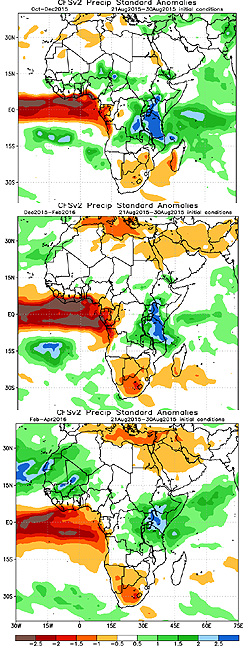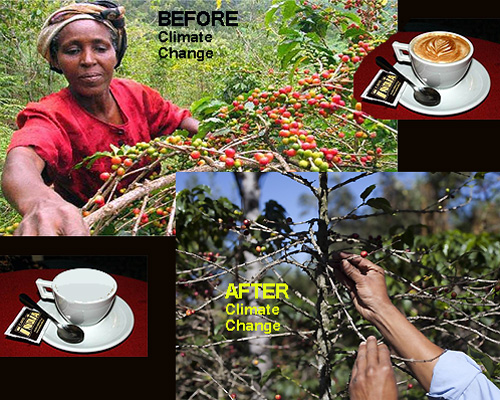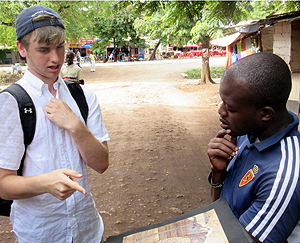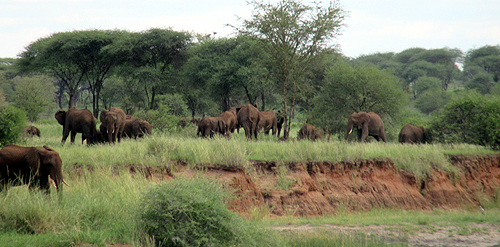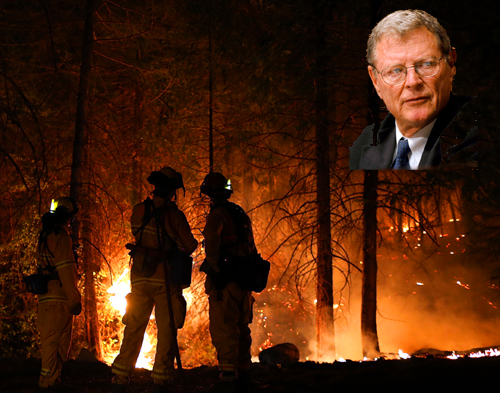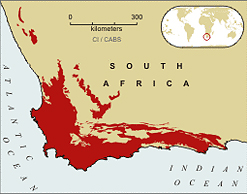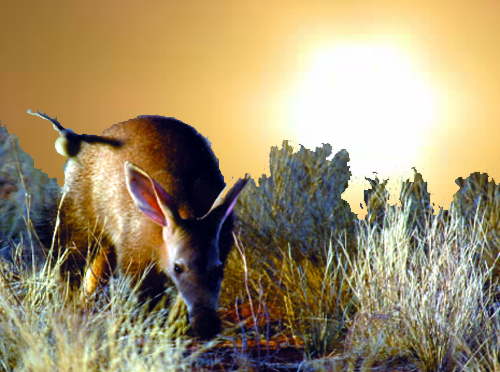 There are American politicians wallowing in our current deep freeze as evidence there’s no global warming, and there are African farmers planting three times annually who think everything’s just fine.
There are American politicians wallowing in our current deep freeze as evidence there’s no global warming, and there are African farmers planting three times annually who think everything’s just fine.
It isn’t.
Climate change in Africa is my #5 story for 2013 in Africa.
The incremental warming of earth neither stops great variations in weather or singularly increases what was bad before. Still, African farmers seem a lot less stupid than some American Senators.
One effect of incremental global warming is to make the equatorial regions wetter. The equatorial part of Africa is one of its principle food baskets. But it’s only been in this generation that agriculture has grown in any significant way from just a subsistence industry.
So there are fewer good farming techniques and poorer seeds, less mechanization and irrigation, significantly no crop insurance, and basically a farmer’s harvest is beholding to Mother Nature.
I spoke with several African farmers over the last several years in Kenya and Tanzania who know that planting maize or millet three times a year is ruining their soil, but with the added moisture now available, “subsistence” is trumping “sustainability.”
There’s another reason they do it unabashedly. The common effect of global warming around the earth is to make the extreme moments of weather even more extreme.
So when a drought comes to equatorial Africa, as it normally has done forever, it’s worse. In the past small harvests were common in common droughts. Today everything is lost completely.
One could say that global warming is winning the race against modernizing agricultural in equatorial Africa.
Cyclones and typhoons (“tropical depressions” and “hurricanes” in western hemisphere jargon) have always been very rare in equatorial Africa because the spread between very hot and very humid and very cool and dry required to create these phenomena just doesn’t exist.
Not only have they been on the increase, they’ve crawled right up the Red Sea! That’s almost like Hurricane Sandy winding her way down the St. Lawrence into the Great Lakes!
Last year these kinds of unusual winds and storms in Rwanda, Tanzania, Somali and Ethiopia produced enormous devastation.
Farms are destroyed, towns are washed away, whole communities are dissolved … literally. In Kenya and Tanzania, where tourism is still a very important part of the economy, rains so heavy that they were off the charts quite nearly destroyed Lake Manyara National Park.
Farmers are anxious for solutions, and some may be coming. The most talked about one is called “re-greening” which represents numerous small-scale initiatives for dealing with climate change.
But it’s uncertain any techniques can deal with the speed of things changing. There’s just not much you can do when the entrance to a national park is covered by a mud slide.
Victoria Falls is one of the greatest tourist attractions not just on the continent of Africa, but in the world. It has always cycled from low water to high water, but about the only effect was to create a season that was safe for white water rafting.
Now the low water cycles of the falls are so low that many travel professionals are advising against a trip to the falls from September through December, the normal low water period. And conversely as well, the high water which normally comes in March – May is sometimes to great that the mist is so intense you can’t see anything.
That essentially reduces tourism to the falls by a half year!
And this cycles right back from tourism to agriculture. With such a ridiculous variance in flow from the Zambezi River that produces the falls, there is now a serious battle between the countries in the area that want to dam it to better regulate their own needs.
African politicians rightly see global warming as the real war on earth, far more important than the War on Terror.
First, Africans didn’t cause this but they’re being made not to contribute to it, and this stifles traditional development.
The developed world will not invest in African countries to mine coal, for instance. But coal is abundant throughout Africa. But there’s plenty of investment for extracting oil, which can contribute just as much to global warming as coal, because the developed world still lusts for oil.
Second, extremes in weather increase social conflict. There’s a good case to be made that the whole problem in Somalia might never have happened if the area’s agriculture hadn’t been decimated by global warming (and if the country’s fisheries hadn’t been exploited by western powers).
Even on a much more local level, the stress caused by frequent droughts followed by frequent floods leads to considerable tensions. Increased Kenyan police action in the area of the country where the desert meets fertile ground has grown exponentially. This year the military was sent in to keep warring factions apart.
I wonder if a science fiction writer in the 18th or 19th centuries looking forward into today would paint what is simply typical news to us as apocalypse.
The world can no longer deny climate change, but Africa is the poor cousin that fears being sacrificed to save the lovely pumpkin farm in the Hamptons.
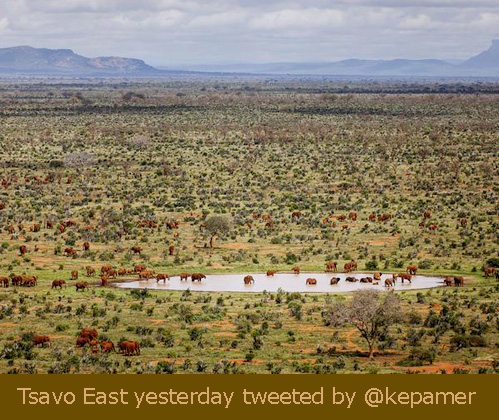 El-Nino’s coming! This means I’m carefully reviewing all the safari itineraries for next year.
El-Nino’s coming! This means I’m carefully reviewing all the safari itineraries for next year.